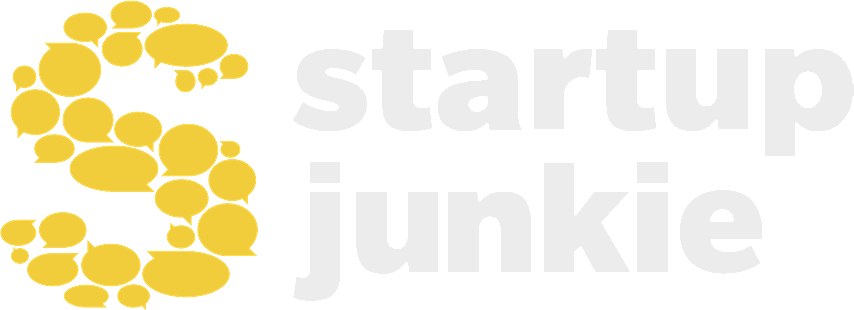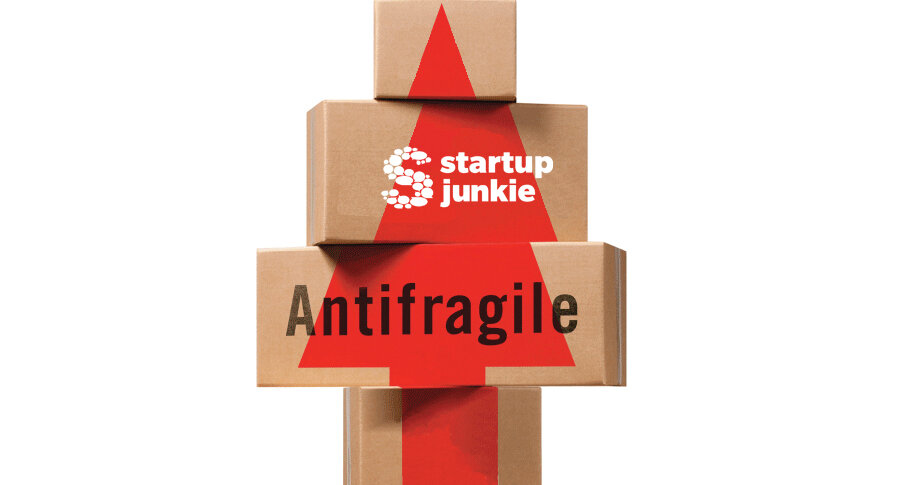by Jeff Amerine
Businesses of every size faced existential threats in 2020 due to the pandemic and other factors. Supply chains were disrupted, economies were locked down, demand disappeared or blew up and Maslow’s Hierarchy of Needs was on full display. This sort of shock exposed risks that most businesses were not prepared to address. One very pointed example was illustrated in a Business Insider article from March 2020 that showed that most small businesses only had 27 days of cash reserves on hand going into the pandemic.
Clearly, we have observed the need for a bit of a prepper’s mindset in building antifragile businesses. Antifragile? What the heck is that?
Antifragile sounds like a made up word set free by a 21st Century author or economist doesn’t it? Well it is. In his book Antifragile, Nassim Nicholas Taleb explores “how we can leverage antifragility (or resilience in Jeff Speak) to make the world’s uncertainty work in our favor.” You may be familiar with Taleb’s work in coining another term that stuck – Black Swan Events in his book The Black Swan. He effectively explained how unexpected events like the financial shock of 2008 and the 2020 pandemic can rock the world.
Here are some thoughts about how to make your business antifragile. For sake of a time honored framework let’s use the Balanced Scorecard (created by Kaplan and Norton). The Balanced Scorecard pillars include Customer, Financial, Internal Processes, and Organizational Capacity (think talent development and retention). Here goes (with some liberties taken):
Customer:
1. Avoid account concentration. Having too much of your revenue tied to one or a few large customers can lead to real volatility if accounts are lost. Diversify your accounts.
2. Agility. Be ready to meet your customer where they are. Consumer facing businesses that showed the most resilience during the pandemic were those that were able to quickly transition to a DTC ecommerce model, curbside pick-up, drive-through, or delivery model.
3. Diversify Supplier Sources. Reliance on a single or few overseas suppliers leads to single point failures that can and did end many businesses. Eliminate single point failures in the supply chain and identify backup sources.
Financial:
1. Cash Reserves. Work to build cash reserves. Three months or more reserves are ideal. Build great banking relationships and grow a short-term line of credit. Stretched out operating cycles can quickly lead to insolvency.
2. Cash is King. If you understand nothing else about accounting and finance, understand your cash balance and expenses. In the event revenues go to zero like happened to many in the pandemic be ready to calculate your burn rate and runway, i.e., how much money you expend each month and how long can you last.
3. Contract Terms. Work toward contract terms that front-end-load customer payments to avoid being stretched out waiting for payment.
4. Supplier Relationships. In the event of a Black Swan Event be prepared to negotiate payment terms with your main suppliers that buy you more time.
Internal Processes:
1. Document Processes. Document key processes across every business function to ensure repeatability. Processes kept between the business owner’s ears and not documented leads to risk and fragility.
2. Risk Management. Work through risk identification, criticality assessment, probability of occurrence and mitigation on regular intervals (weekly, twice monthly or monthly). Don’t wait for the crisis to begin to be thinking about and working on de-risking your business. Risks can be team, financial, customer, market, technical, legal, regulatory, environmental, etc. Document risks and work to be ready. Check out this video on Risk Management.
3. Where to Start? The book Traction by Gino Wickman has some solid processes to consider and his approach to Entrepreneurial Operating Systems (EOS) is very practical.
Organizational Capacity:
1. Replaceability. Make sure your organization has no individuals that are single points of failure if they leave. This will require the development of a strong culture and succession plans at every level. A business driven by the cult of personality of the founder or owner is fragile and will collapse if that person is no longer in the picture.
2. Swiss Army Knives. While specialization is important having individuals on the team that are willing and able to do many things can avoid fragility. Look for and develop talent that has depth and also breadth and that don’t mind dealing with chaos when contingencies occur. Value and require cross-functional learning and skill development.
3. Leadership and Culture. Culture will exist whether we are intentional about it or not. Take the time and effort to create, document and reinforce a culture tied to purpose, vision, mission, and core values. These guideposts should not only define who you hire and fire and what customers you pursue but will serve has the bedrock foundation that allows your business to be resilient in times of trouble.
When I think about becoming antifragile or resilient, reliability engineering comes to mind. And it is a simple analogy. In reliability engineering we think about having critical processes in parallel with redundancy rather than in a serial chain. I suspect the original reliability engineers were sailors who knew the chain is only as strong as the weakest link. Eliminate single point failures in your business. Build redundancy so that no single realized risk can take your business down. If you want to learn more or need help making your business antifragile give the Startup Junkies a shout.

